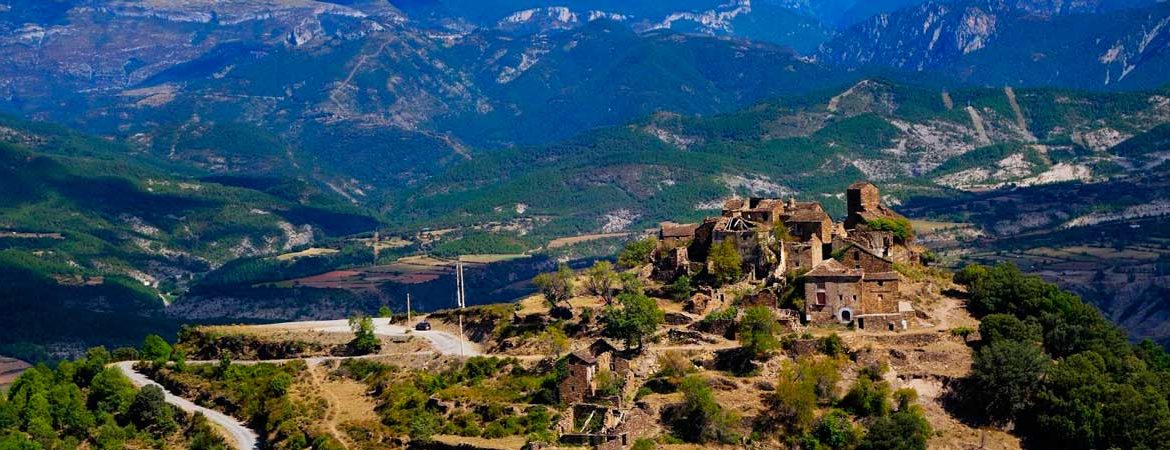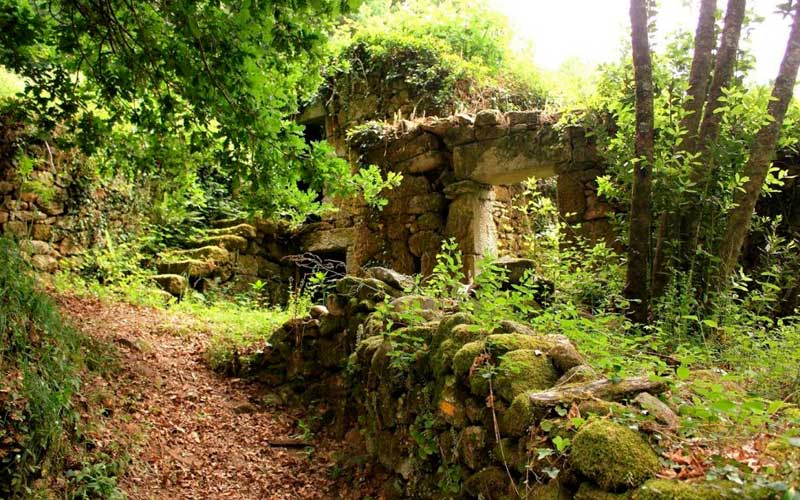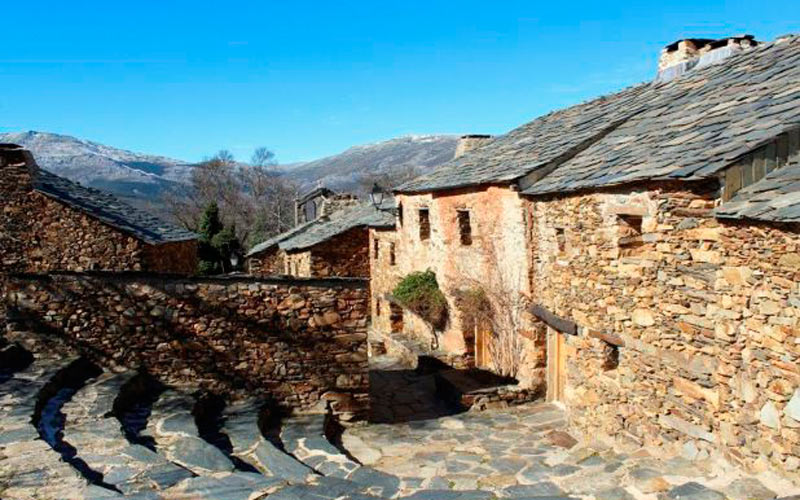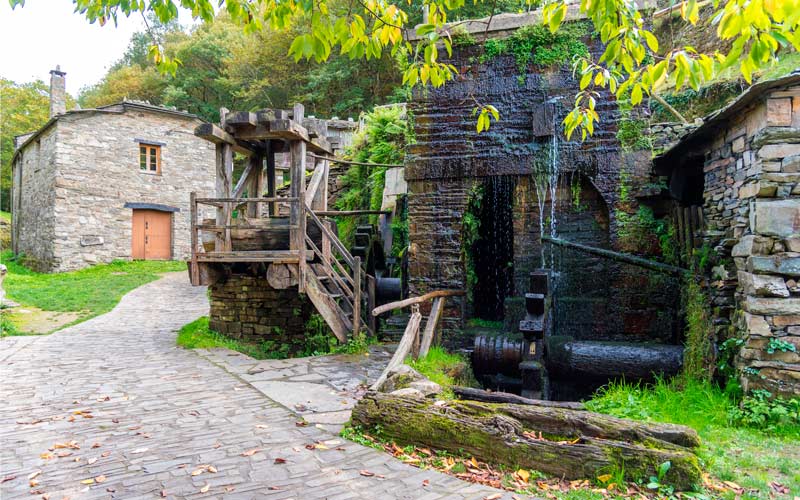Spain is known for its big cities; the big cities with tourist, commercial and financial attractions, where the majority of the population is concentrated. But, did you know that in our country there are more than 8,000 villages spread all over the territory? This large number of municipalities are located in rural areas, far from the metropolis. However, unlike the cities, more than half of these municipalities are at risk of disappearing. According to the FEMP’s depopulation commission, more than 4,000 municipalities are at risk of extinction and may therefore become abandoned villages in Spain.
Rural isolation, migration to the cities, the continuous ageing of the population or the minimal generational change are some of the causes that are leading to this situation. What we want in Fascinating Spain is for you to discover some of these abandoned or uninhabited villages, which despite having no inhabitants, maintain their original spirit.
Explore the abandoned villages of Spain
Aldealcardo, Soria
This village of medieval origin, located in the Soria region of the Tierras Altas, was of great importance in the transport of goods. It also stood out for its fertile land and crops. However, the difficult climatic conditions have caused its inhabitants to leave the village.
Despite being one of the abandoned villages of Spain, the charm of both the landscape and the municipality itself will not leave you indifferent. One of the main buildings is the large church, which has been extended several times and is still standing.
One of the abandoned villages in Spain is Aldea da Barca, in Orense. Located on the banks of the Miño River, it was a prominent point as a communication route. As it had a pier, it served as a commercial stop on the Royal Way to Castile.
The life of this village would not end until the end of the 1980s, when the Frieira reservoir was built. The construction company would buy the group of houses, so the villagers started to leave. This situation caused nature to take sides, covering a large part of the humble roads and facades.
1971 was the year in which one of the abandoned villages in our country ran out of inhabitants: Umbralejo. For this reason it would become part of the government programme for the recovery of abandoned villages. The lack of resources and the harsh climate would lead to this abandonment.
One of the predominant activities was livestock, especially goats; it was not an easy mission. The weather conditions did not help the herds. Despite the difficulties, Umbralejo had enough materials, such as slate, to protect itself from the rains. This “black architecture” is what gave the town its identity.
Located on top of a hill, Muro de Bellós is in the Aragonese Pyrenees, at the confluence of the rivers Bellos and Cinca. Despite being one of the abandoned villages of Spain, it has treasures such as its 16th century church.
Although the last inhabitant of Muro de Bellós left in 2002, the village served as the setting for the film The Skin of the Wolf, released in 2017.
Asturias is one of the autonomous regions of Spain with the most abandoned villages. One of them is Os Teixois. This municipality, surrounded by mountains and green nature, is known for the hydraulic inventions that its inhabitants devised. The structures are maintained, as well as their functioning, which has earned it the recognition of Ethnographic Ensemble.
Despite being abandoned, some of these villages, such as Os Teixois, have managed to take advantage of the resources they had. Another of the ways in which these villages are recovering is by offering jobs or renting out houses; even houses for one euro!
The Spanish rural world is not living its best moment. However, you can feel the life of the people who lived in each village on the walls of the houses; the photos or the family stories that are transmitted from generation to generation; these stories and the buildings that remain are the witnesses that there was life in these places.






